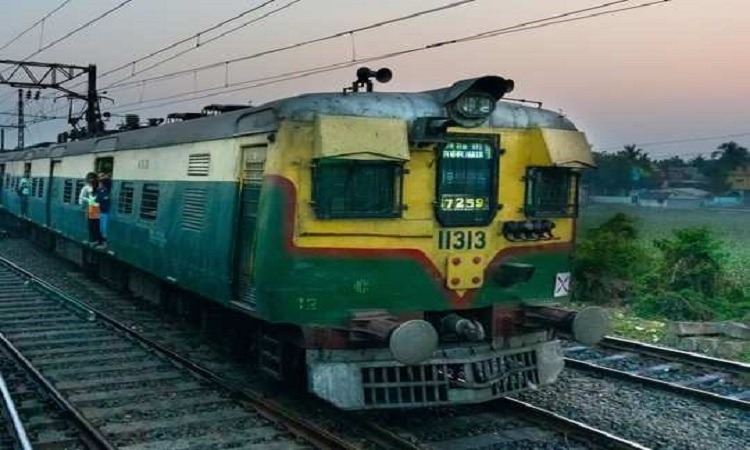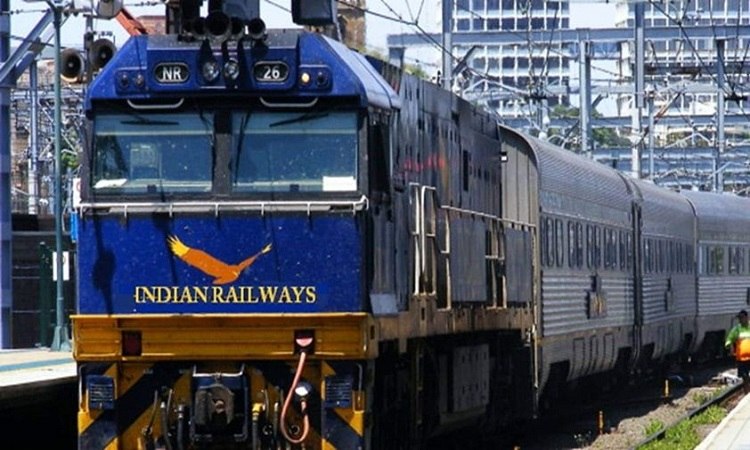Here are 11 types of horns and what they mean, according to Indian railways.
1. One Short Horn
A small horn means the motorman would take the train in the yard where it would be washed and cleaned for its next trip.
2. Two Short Horns
When the motorman gives 2 smaller horns, he is signalling the guard to ask the railway signal for starting the train.
3. Three Smaller Horns
Motormen rarely press the horns three times but when they do, it means they have lost control over the motor and that the guard has to immediately pull the vacuum brake.
4. Four Smaller Horns
The 4 smaller horns denote that there is a ‘technical’ issue with the train and that the train wouldn’t go ahead.

5. One Long Horn and A Short One
This means that the motorman is signalling the guard to set the brake pipe system before they start the engine.
6. Two Long Horns And Two Short Horns
If the motorman is giving 2 long and 2 short horns, it means that he is signalling the guard to take control of the engine.
7. A Continuous Horn
A continuous horn is blown to alert the passengers that the train is passing non-stop without any halt
8. Two Horns With Two Pauses
This signal is to alert the passersby that the train would be running through a railway crossing.

9. Two Long And Short Horns
If the motorman blows these horns, it means the train is changing the tracks.
10. Two Short And One Long Horn
This sound means that a passenger has pulled a chain or the guard has pulled a vacuum break.
11. Six Times, Short Horns
It’s a trouble signal where the train is stuck in a dangerous situation.
Did you know about the types of horns and their meaning in the Indian Railways? Tell us in the comments section and stay tuned to the Trainman Blog to know all the latest updates on Railways and Covid-19. For your one-stop solution, book your train and flight tickets through the Trainman app. Download the Trainman app and check PNR Status of the booked ticket, Seat Availability, Running Status and many such exciting features.

